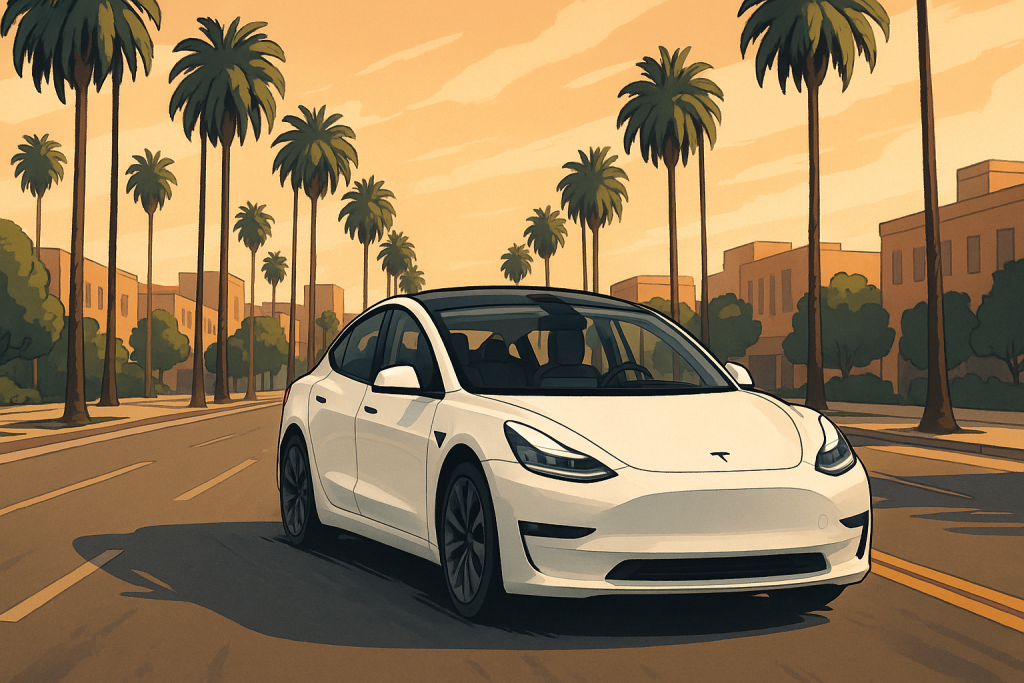Tesla Secures California Ride-Hailing Permit Amid Strategic Shift Toward Autonomy
In a significant move to diversify its operations, Tesla has obtained a Transportation Charter-Party (TCP) permit from the California Public Utilities Commission (CPUC), allowing the company to operate a ride-hailing service using Tesla-owned vehicles and employee drivers. This development marks Tesla’s initial foray into the ride-hailing sector in California, a state known for its stringent autonomous vehicle regulations.

The TCP permit enables Tesla to transport its employees on a prearranged basis, serving as a foundational step toward broader public ride-hailing services. However, to offer rides to the general public, Tesla must notify the CPUC and obtain additional approvals. Notably, Tesla has not yet applied for permits required to operate fully autonomous vehicles without human drivers in California.
Tesla’s approach contrasts with competitors like Waymo, which already operates fully driverless services in multiple cities, including San Francisco and Los Angeles. Waymo utilizes a combination of LiDAR, radar, and cameras to achieve Level 4 autonomy, whereas Tesla relies solely on a vision-based system powered by cameras and neural networks.
Earlier this year, Tesla launched a limited robotaxi service in Austin, Texas, employing human “safety monitors” in the passenger seat. The service, operating within a geofenced area, faced scrutiny after reports of erratic driving behavior and traffic violations surfaced, prompting attention from federal regulators.
Looking ahead, Tesla plans to introduce its purpose-built autonomous vehicle, the Cybercab, which lacks a steering wheel and pedals. Unveiled in October 2024, the Cybercab is slated for production commencement before 2027.
To fully realize its autonomous ride-hailing ambitions in California, Tesla must navigate a complex regulatory landscape, securing additional permits from both the CPUC and the California Department of Motor Vehicles (DMV). These include approvals for driverless testing and deployment, as well as participation in the CPUC’s Autonomous Vehicle Passenger Service program.
As Tesla ventures into the ride-hailing market, it faces stiff competition from established players and must address regulatory challenges to achieve its vision of a fully autonomous transportation network.